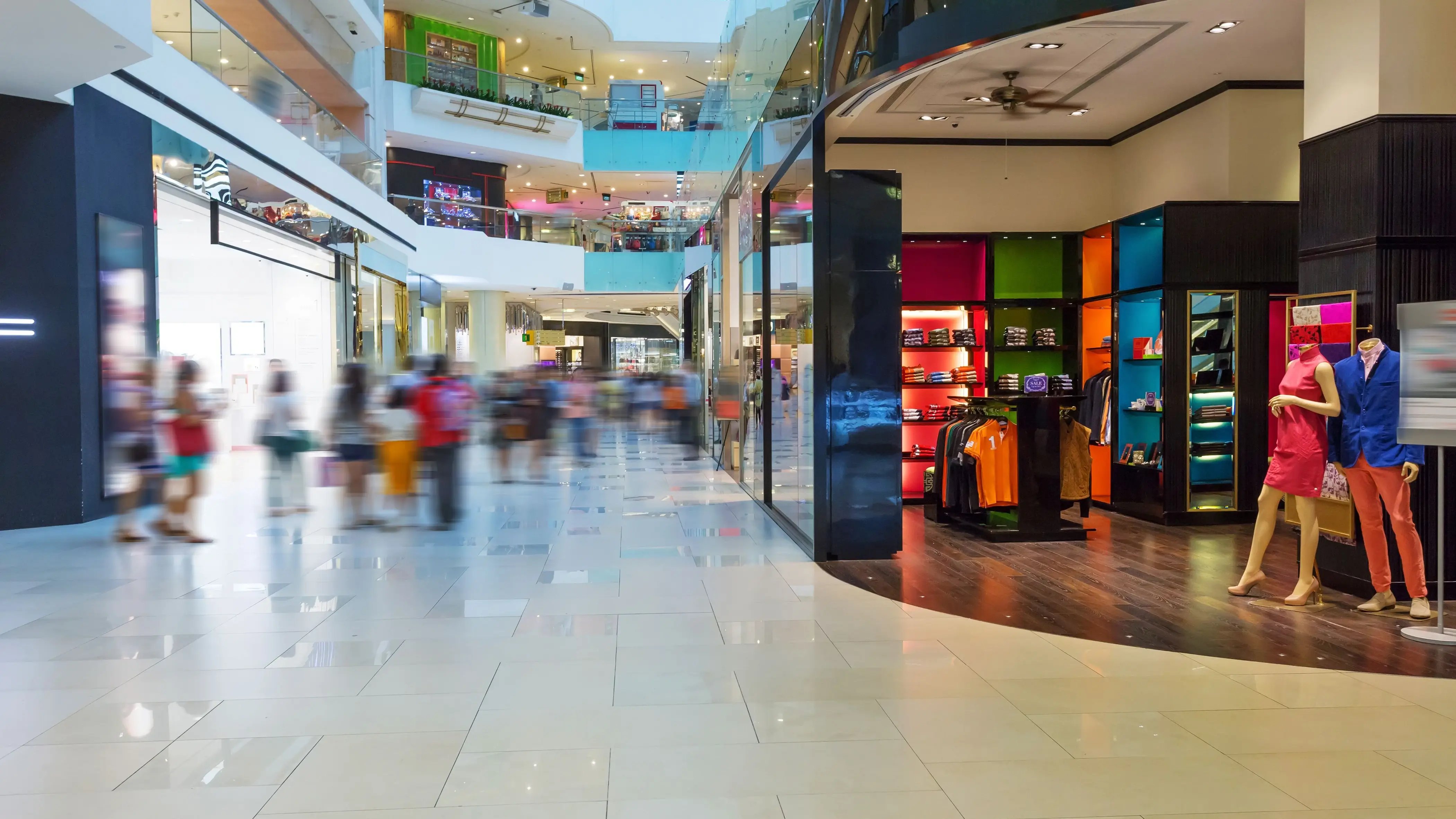This is because customer demands for e-commerce and "bricks and mortar" retail are changing. Consumer demand is increasing, and it appears that there is no room for half-assed solutions. While e-commerce customers are demanding bargain prices and lightning-fast delivery, brick-and-mortar retailers are under pressure to set up their operations in such a way that they can always offer a sufficient selection of goods and stock availability. Thus, technology is once again coming into play.
A whole range of retail players, including the US giant Walmart, have recently closed their e-commerce-only stores almost a decade since opening. Amazon has also closed dozens of its brick-and-mortar stores, and various fashion chains such as C&A, H&M, Orsay, and Zara are re-evaluating their approach to physical stores. It turns out that stores that serve primarily as pickup locations for e-commerce customers are not profitable enough. In addition, customers prefer to use pickup networks and self-service boxes, which are often conveniently located near their place of residence or work, so they do not have to travel far to pick up their goods. Furthermore, returns are easily processed at these locations, reducing customers' motivation to visit a particular retailer's store.
